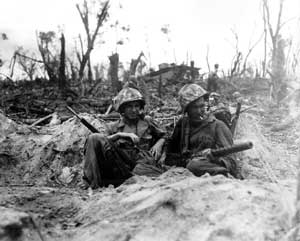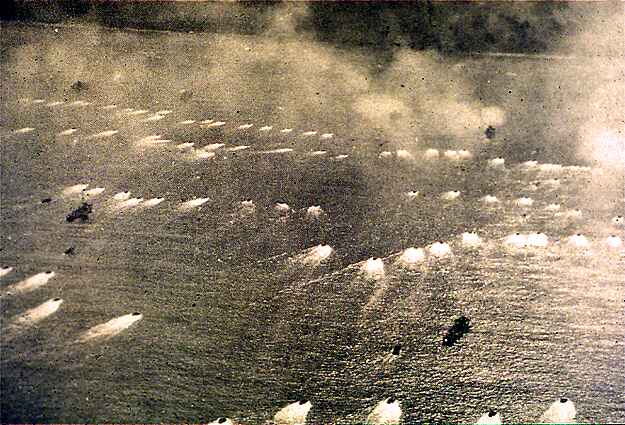A short history of Palau by Jim Caldwell
The history of Palau is largely unknown prior to the arrival of the English Captain Henry Wilson and his ship the Antelope which wrecked off Ulong reef of the Rock Islands in 1783. Wilson and his crew spent three months rebuilding his ship with assistance and hospitality of Koror’s High Chief Ibedul. (Koror is one of the island archipelagos).
The Palauans are believed to be descendents from the Polynesians, Melenaesians (New Guinea), Mayals (Indonesia/Sundra Islands) and the Philippines. The archipelago is also known as the The Black Islands, a part of Micronesia and the Caroline Islands.
In 1885 Pope Leo XIII proclaimed Spain’s dominion over the Caroline Islands. Two churches were established shortly thereafter by two priest of the Capuchin Church (an offshoot the Franciscan order of the Catholic Church). The churches not only brought an introduction to Western culture, they were also able to put an end to the inter-village wars. After Spain was defeated in the Spanish-American war in 1899, Spain sold Palau and most of the remaining Caroline Islands to Germany.
By 1914 control of the Islands passed to Japan. The Japanese tenure has been viewed positively by the people of Palau. The Japanese brought modernization with bridges, paved roads, electricity, telephone, hospitals, factories (employment) and a relationship with the people. As a homage to this relationship and the Japanese influence, the Palauan flag is a yellow moon against a blue ocean background (juxtaposed by the Japanese flag’s rising red sun against the white background).
On September 15, 1944, the United States would start Operation Stalemate II and the Battle of Peleliu to rest control of the island of Peleliu from the Japanese during WWII. Major General Rupertus of the 1st Marine Division proclaimed that U.S. would take possession of the in four days. Known as “the bitterest battle of the war for the Marines”, the U.S. ended up meeting stiff Japanese resistance who were strategically well fortified in bunkers built into the coral rock hillside. In what ended up being the highest casualty rate battle in the Pacific War, the U.S. finally gained position on November 27. It wasn’t until April 22, 1947 when the last Japanese soldiers, holdouts nestled in the caves of Peleliu, finally surrendered after a Japanese admiral was able to convince them the war had ended.
The battle ended in controversy given the amount of casualties (cost to the 1st Division, 6,500 casualties, over half their division in the first month while 81st Infantry Division suffered 3,300 casualties during their involvement) and that the island ended up having little strategic value for either the attacks on the Philippines or Okinawa.
The Palau archipelago officially became part of the U.S. in 1947 under the Trust Territory of the Pacific Islands. By 1978 Palau opted out of the Micronesian state for its own independence.
Palau has 16 states with approximately 20,000 people. Its currency is the U.S. dollar. The temperature remains fairly constant throughout the year at approximately 81 degrees. Rainfall averages from 9 to 18 inches a month.
.
..




Pingback: Palau Travel and Dive Photolog by Jim Caldwell « Tokyo & Kyoto Photolog by Jim Caldwell
Pingback: Palau Travel and Dive Photolog by Jim Caldwell | jim caldwell
Pingback: Palau Travel and Dive Photolog by Jim Caldwell | Palau Travel & Dive Photolog